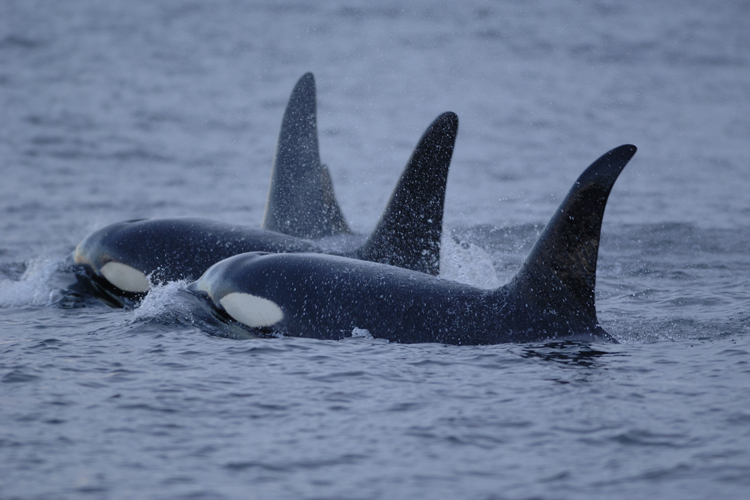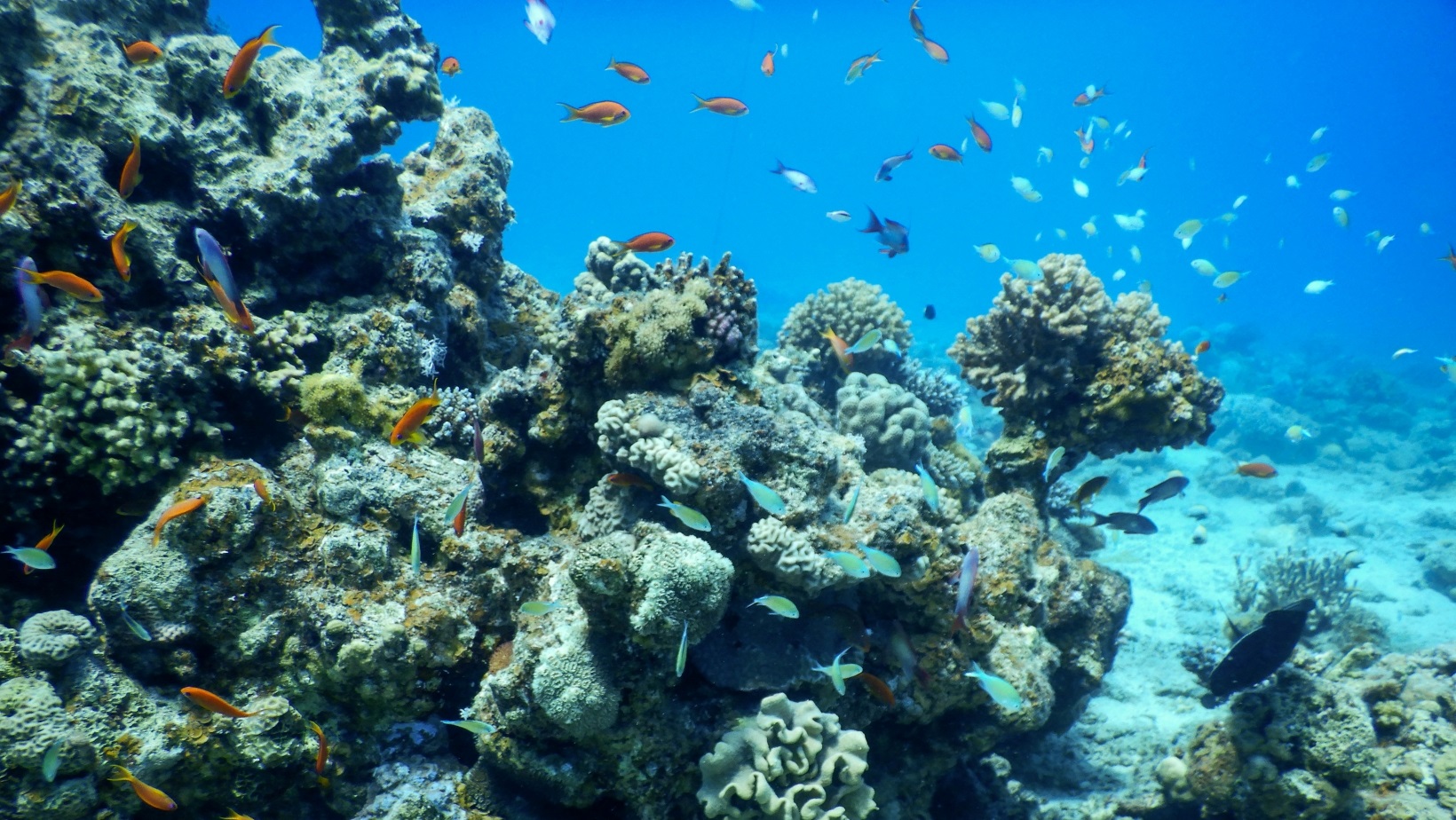The Coral Reefs of the Gulf of Eilat
The Gulf of Eilat, Israel's coral reefs, are some of the world's most biologically diverse marine environments. These ecosystems provide essential ecological functions, including food provision, storm protection, and supporting tourism. However, like many reefs globally, the coral reefs in





